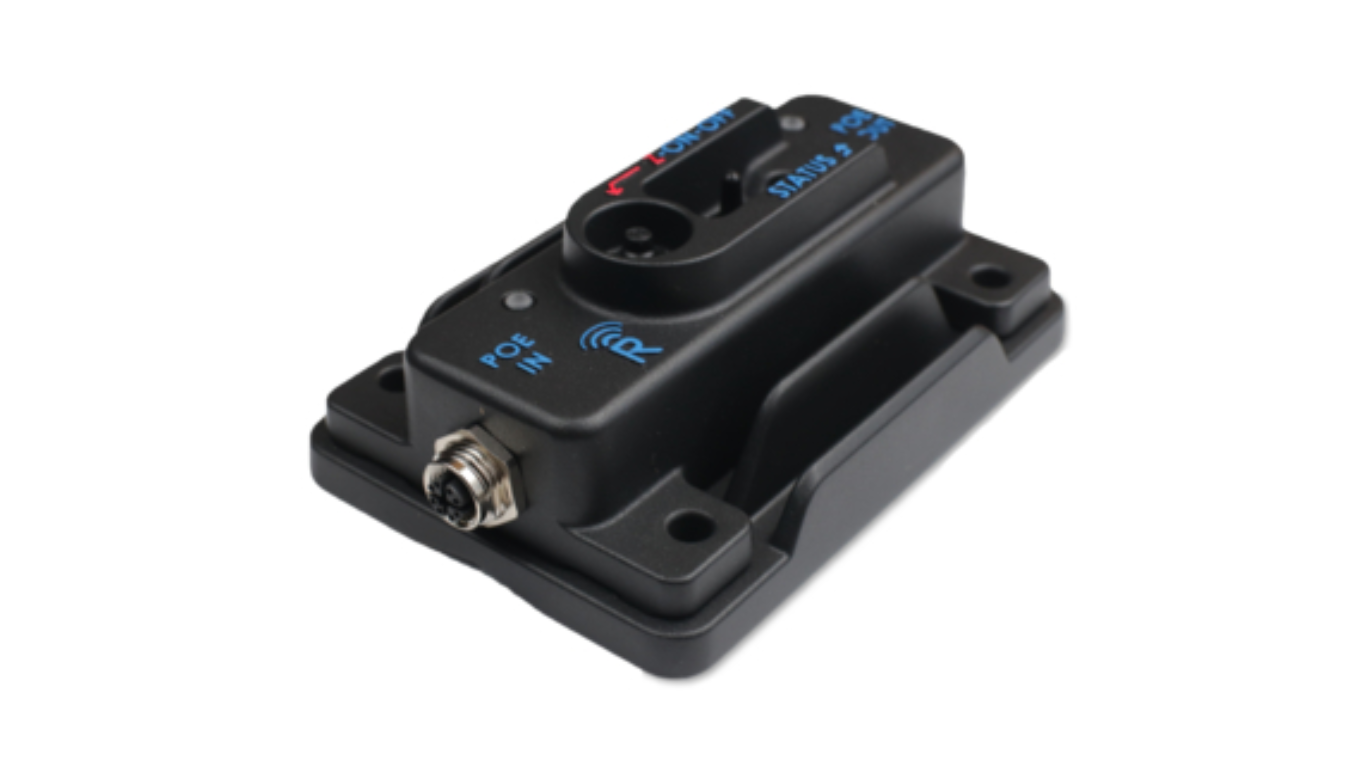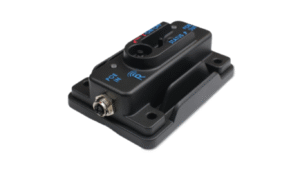Healthcare fraud doesn’t look like what you think it does. It’s not just shady clinics billing for services never rendered or stolen patient IDs floating around the dark web. It’s deeper. More subtle. And often, it hides behind what looks like routine prescription activity.
That’s the real issue—the fraud doesn’t announce itself. It shows up as slightly unusual behavior in a sea of millions of daily transactions. A few extra opioid prescriptions here. A pattern of unusual dosage escalations there. Nothing outrageous on its own. But taken together? It adds up.
This is where Pharmawatch earns its keep. It’s a next-gen digital surveillance tool that’s helping pharmacy benefit managers (PBMs), insurers, and large healthcare organizations spot those patterns in real time—before the damage gets expensive, or worse, irreversible. And right now, it’s one of the sharpest weapons in the fraud-fighting arsenal.
Fraud Isn’t a One-Off Problem—It’s a Systemic Weak Point
Here’s what’s hard to admit: traditional fraud prevention tools weren’t built for the speed or scale of today’s prescription economy.
You’ve got tens of thousands of providers, hundreds of thousands of patients, and drug prices fluctuating by the hour. Meanwhile, organized fraud rings are getting smarter. They exploit billing loopholes, manipulate claims, and know exactly how long it takes your compliance team to notice something’s off. Spoiler: it’s usually too late.
But when you’ve got a digital surveillance system watching every transaction, cross-referencing behavior across providers, and throwing red flags in real time? Now you’re not playing catch-up—you’re in control.
That’s what tools like Pharmawatch bring to the table. They don’t just track what’s already happened—they recognize when something doesn’t look right, even if it technically passes the rules.
AI’s Not Just a Buzzword—It’s the Backbone
The smartest fraud prevention tools today run on machine learning. Not in a vague “algorithmic magic” kind of way—but in a hard-data, real-patterns, no-BS sense.
These systems are trained on billions of data points: what normal prescribing looks like, what genuine treatment paths include, what frequency and dosage are expected based on diagnosis, location, and patient history. When something veers off course, the system flags it immediately.
Pharmawatch does this with a degree of granularity that human audits can’t match. It’s not replacing compliance teams—it’s giving them night vision goggles and a 10x zoom.
From Passive Oversight to Active Control
Let’s talk about visibility. Old-school auditing meant going back through records after a fraud event happened. Maybe weeks later. Sometimes months.
Now? PBMs and insurers are getting alerts as anomalies unfold—before the claim is paid. That means no clawbacks. No lawsuits. No PR nightmares. Just early intervention and tight control.
It’s no longer enough to say, “We’ll investigate that.” Today, the right answer is, “We’ve already flagged it.”
This shift—from passive oversight to real-time control—is why surveillance tools are no longer a nice-to-have. They’re an operational must.
Compliance Is a Moving Target—Surveillance Keeps You Ahead
Regulatory pressure isn’t slowing down. If you’re a payer or plan sponsor, you’re being watched more closely than ever. False Claims Act violations? Big money. HIPAA breaches? Career-ending. And let’s not even get started on what a DOJ audit looks like.
Smart surveillance platforms don’t just catch bad actors—they help build your case when you need to prove you did everything right. You’re not just reacting. You’re documenting, defending, and demonstrating your due diligence.
And when you’re holding that line in front of regulators, every data point matters.
It’s Not Just About Fraud—It’s About Risk Culture
This conversation isn’t just for compliance people. It’s a C-suite issue. Because healthcare fraud doesn’t just cost money—it erodes trust. With patients. With partners. With regulators. And with your board.
The best organizations don’t just fight fraud—they embed anti-fraud thinking into their culture. They treat digital surveillance not as a patch, but as part of their infrastructure. They build risk visibility into every layer of decision-making.
That’s the real win. And that’s where the industry is heading.
The Bottom Line
If your healthcare operation is still relying on retroactive audits, outdated claims filters, or “wait and see” strategies, you’re already behind. The game has changed. Fraudsters are smarter, faster, and more coordinated than ever.
But so are the tools built to stop them.
Pharmawatch is one of those tools—designed not just to catch the problem, but to see it before it spreads. And in an industry where one wrong claim can cost six figures or more, seeing first makes all the difference.
Article received in the mail






























